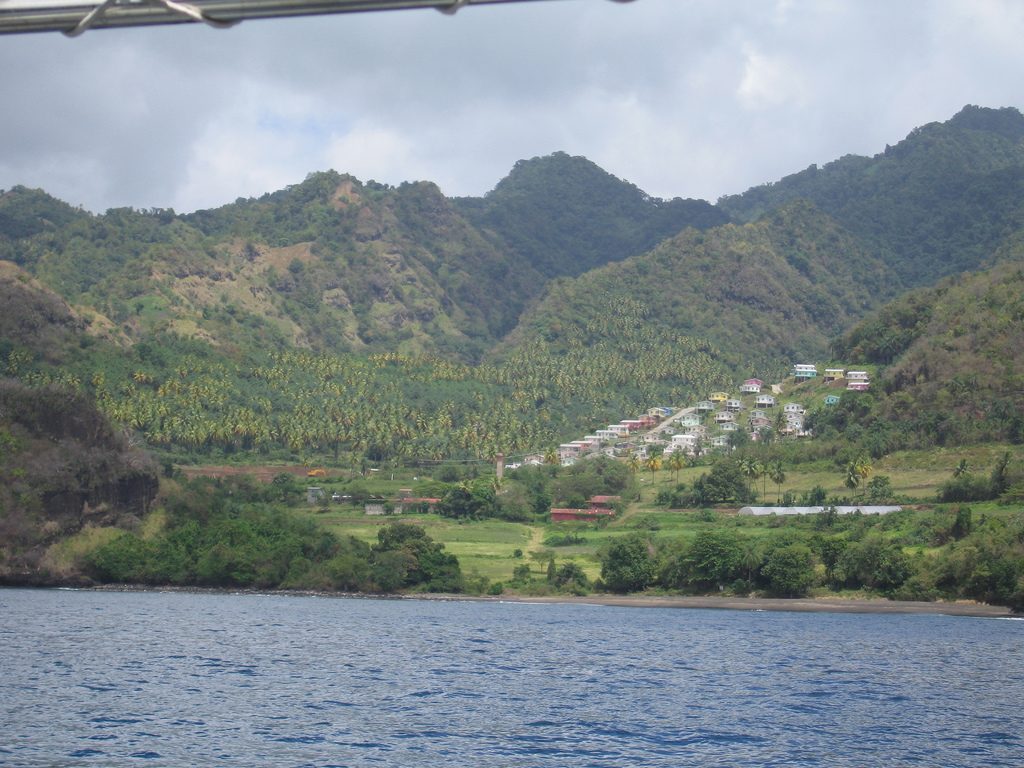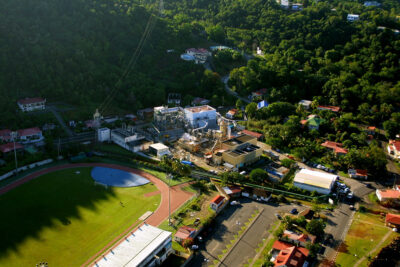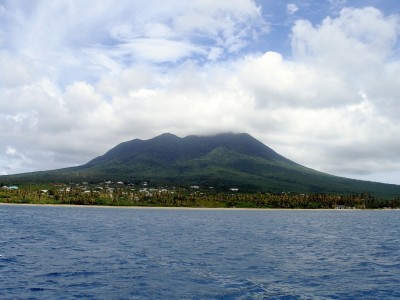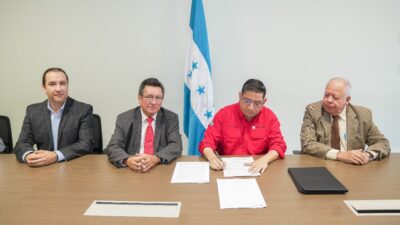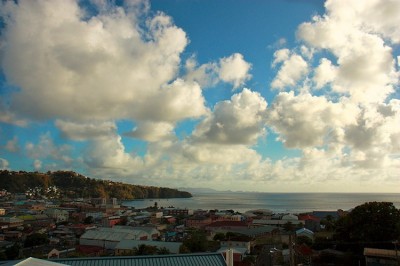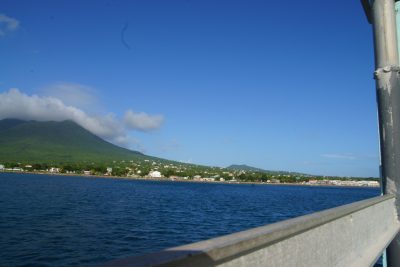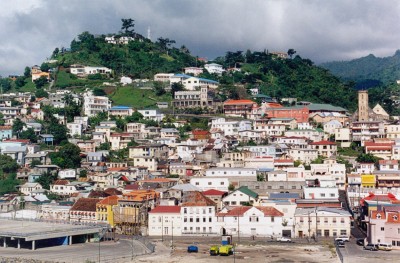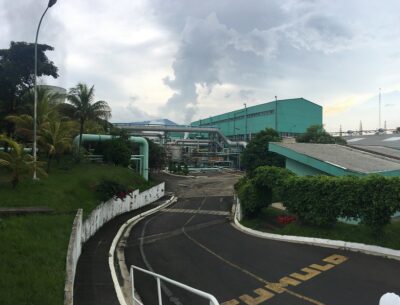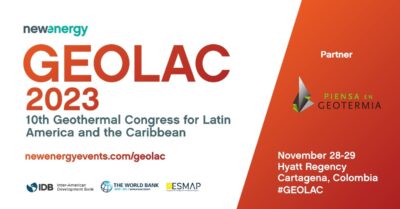Saint Vincent & the Grenadines pushing forward on 10 MW geothermal project
To be developed in partnership between Emera, Reykjavik Geothermal and the government of St. Vincent & the Grenadines, the 10 MW geothermal project expects to kick off drilling in January 2019 and start operation in 2021.
The commercial operation date for the geothermal power plant planned for Saint Vincent and the Grenadines in the Caribbean is now set for around June 2021, some three years later than initially scheduled, as reported locally.
The main challenge, as described by Prime Minister Ralph Gonsalves has been the issue of establishing a power purchase agreement under which the power utility VINLEC would be buying the power from the facility.
In his statement to the parliament, Gonsalves said that it is “anticipated that the project will result in cheaper electricity for customers given the current oil prices and we expect it to be below the 18 US cents per hour. “This is what we had put early in the agreement as the top maximum, which is possible.”
The prime minister said the estimated cost of the project is US$91 million, excluding transmission lines, which are estimated to cost between US$14 and US$16 million.
The project will be financed with a debt to equity ratio of 65 per cent to 35 per cent. The civil contract was signed on May 16, 2018 and was awarded to Kelectric.
The scope of the works include construction of a water supply system with up to 1.5 kilometres of pipeline from Rabacca River to the drill pad site; the construction of a water intake system with a pond and pumps within a rick structure that keeps aquatic organisms out; the construction of a drill pad, including water, mud pond, concrete drill pad for the drill rig and a fence for health and safety reasons; construction of the drilling reinjection site about 500 metres below the drill site, and the laying of the pipe system between the drill site and the reinjection site
The drilling contract was awarded in 2016 to an Icelandic firm and the drilling rig is expected to be mobilised in December and the drill programme [to] commence in January 2019.
The engineering procurement and construction plant contractor will be selected by December 2019. The prime minister told Parliament that the essential nameplate capacity will be 10 MW, with potential to increase. If the geothermal resource is not adequate to support 10 MW, then the nameplate capacity will be reduced to accommodate less than 10 MW, but greater than 7.5 MW. The government of St. Vincent and the Grenadines will own the geothermal resource and all the benefits derived from it.
The electricity generated from the energy source will be owned by the SVG Geothermal Co. Ltd., which is incorporated in SVG.
“… and the way in which we have changed, altered, as a consequence of when we came originally, it will be 51 per cent owned by Emera and Reykjavik Geothermal and 49% by us. We have increased our percentage in it through the process of everything. That’s why we have to do over portions of the shareholders agreement.”
The Power Purchase Agreement would be made for 25 years.
SVG Geothermal Co. Ltd will be responsible for all cost and losses and transmission of such energy up to the delivery point and VINLEC will be responsible for all cost and losses from beyond the delivery point.
The prime minister said this is why it is important that VINLEC is responsible for the transmission.
He said the cost of energy to be sold would be determined by an open book concept.
“This approach, this concept, as everyone knows, allows more transparency for the use of public funds. All project expenditure and cost implications will be discussed collectively with all parties during project development.
“The final price of the energy will be revealed at financial close when all contracts have been executed and project grants and concessional loans consolidated. Given the grants and loan concessions in addition to the change of risk profile for the investor, the target tariff looks promising although in the project preliminary stages, the project parameters had agreed that the target cost of generation of geothermal [energy] will not exceed a ceiling cost of US 18 cents a kilowatt-hour,” he said.
Source: iWitness News
